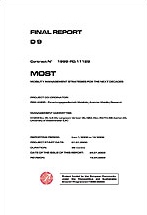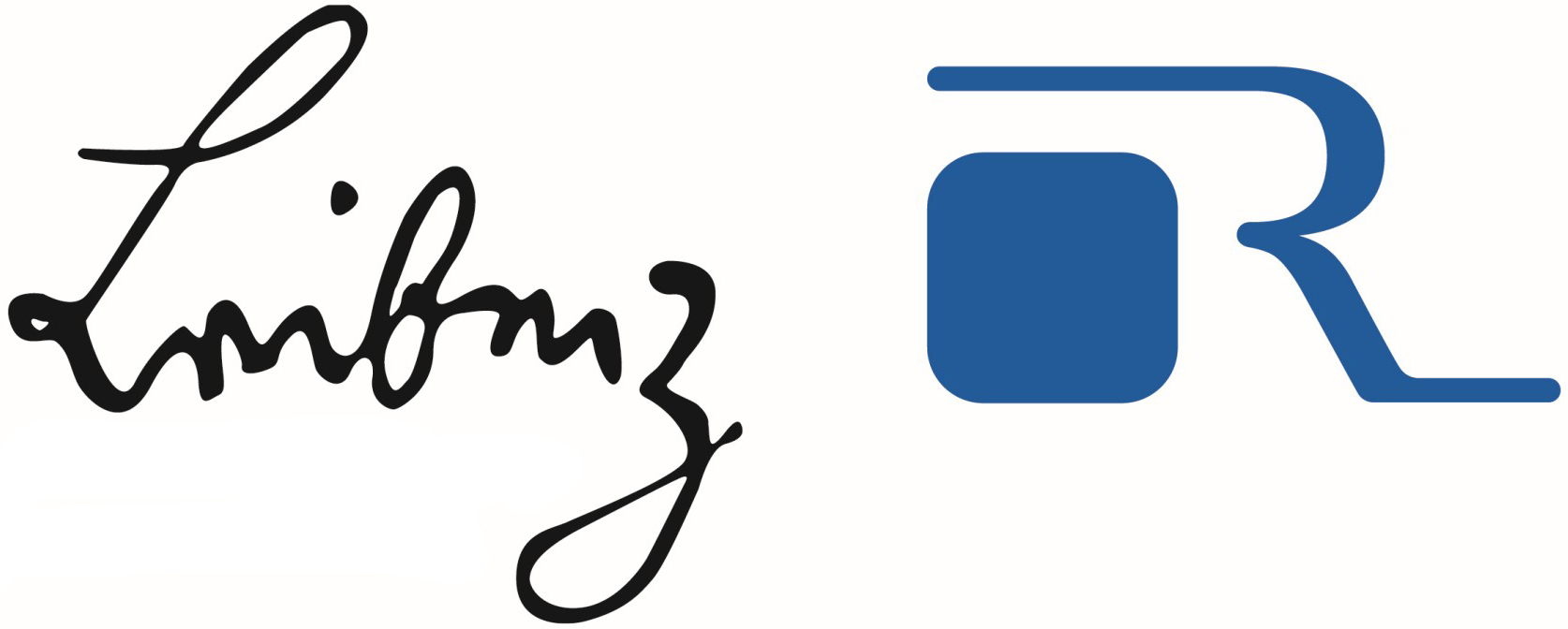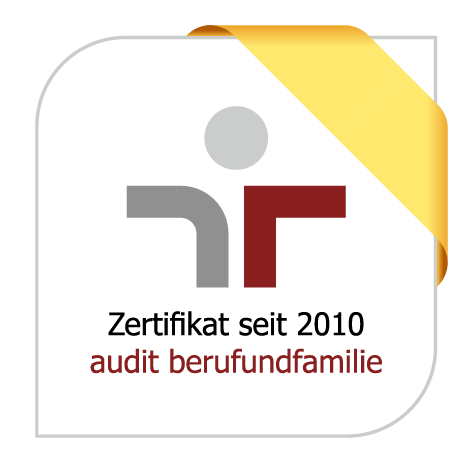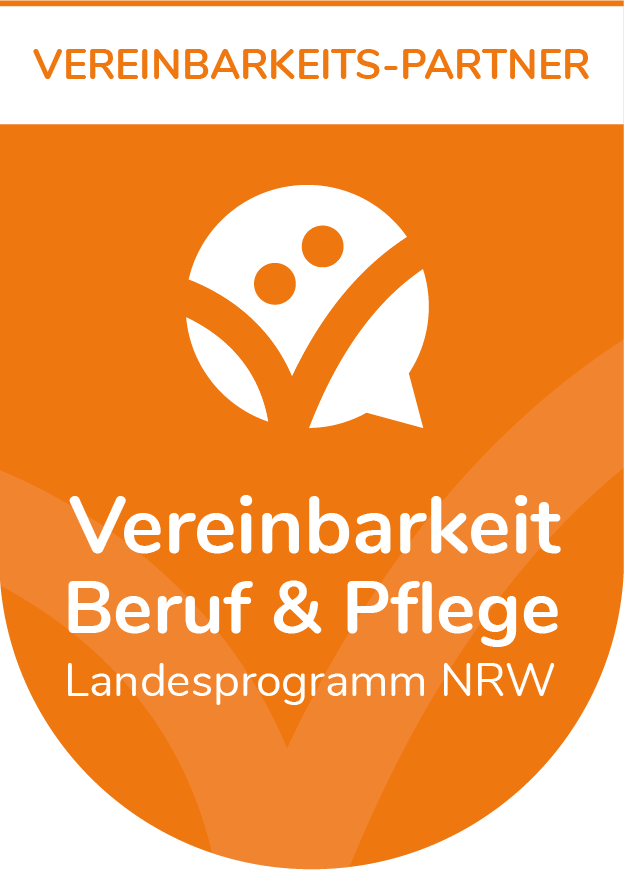Berichte aus der Forschung
Mobility Management - Strategies for the Next Decades. Final Report.

Das von der Europäischen Kommission (Generaldirektion Energie und Verkehr) geförderte Forschungsprojekt MOST hat von 2000 bis 2002 europaweit Ansätze für Mobilitätsmanagement systematisch untersucht und praktisch in über 30 Demonstrationsvorhaben weiterentwickelt. Der Abschlussbericht bündelt alle Ergebnisse und Empfehlungen des Projekts in einem Dokument. Hierzu gehören die Ergebnisse der Demonstrationsvorhaben in sechs thematischen Feldern (Bildungswesen, Gesundheitswesen, Tourismus, Events, neue Planungsvorhaben, Mobilitätszentralen und -beratung). MOST gibt Empfehlungen zur Umsetzung und Evaluation von Mobilitätsmanagement sowie zur Verbesserung der politischen, rechtlichen und organisatorischen Rahmenbedingungen. Der Bericht endet mit einem Ausblick zur zukünftigen Entwicklung von Mobilitätsmanagement in Europa.
Weitergehende Informationen zum Projekt MOST finden Sie unter www.mo.st.
Contents
1 Executive Summary
2 MOST: Mobility Management Strategies for the next Decades
2.1 Work Packages
2.2 Thematic Fields of Demonstration and Research: The MOST Clusters
2.3 Definition of Mobility Management in MOST
3 Methodology: Assessing results and the implementation process in MOST
3.1 Monitoring and Evaluation of Results
3.2 Evaluation of the Implementation Process
3.2.1 Application of total quality management to mobility management
3.2.2 Selection of the five sites for the process analysis
3.3 Comparisons between sites of different thematic fields
4 Implementation and Results of the individual MOST sites
4.1 Cluster 1: Educational Institutions
4.1.1 Educational Institutions: Objectives and Implementation
4.1.2 Educational Institutions: Results, Comparisons and Conclusions
4.2 Cluster 2: Tourism
4.2.1 Tourism: Objectives and Implementation
4.2.2 Tourism: Results, Comparisons and Conclusions
4.3 Cluster 3: Health Institutions
4.3.1 Health Institutions: Objectives and Implementation
4.3.2 Health Institutions: Results, Comparisons and Conclusions
4.4 Cluster 4: Site Development
4.4.1 Site Development: Objectives and Implementation
4.4.2 Results, Intracluster Comparisons and Recommendations
4.5 Cluster 5: Temporary Sites and Events
4.5.1 Temporary Sites and Events: Objectives and Implementation
4.5.2 Temporary Sites: Results, Comparisons and Conclusions
4.6 Cluster 6: Mobility Centres and Mobility Consulting
4.6.1 Mobility Centres and Mobility Consulting: Objectives and Implementation
4.6.2 Mobility Centres and Mobility Consulting: Results, Comparisons and Conclusions
4.6.3 Mobility Centres - multi-functional customer interfaces: long-term assessment, comparison and recommendations
5 The Framework for Mobility Management across Europe
5.1 Introduction and Methodology
5.2 Framework for Mobility Management on a European Level
5.2.1 Political and Programmatic Framework Conditions
5.2.2 Legal, Regulatory and Fiscal /Pricing Regulations
5.2.3 Financial Framework Conditions
5.2.4 Framework in Education and Qualification
5.2.5 Organisational Framework
5.2.6 Conclusions
5.3 Framework for Mobility Management on a National Level
5.3.1 Introduction
5.3.2 General Framework
5.3.3 Political and Programmatic Framework
5.3.4 Legal and Fiscal Framework
5.3.5 Fiscal Framework
5.3.6 Financial Framework
5.3.7 Framework for Education and Qualification
5.3.8 Organisational Framework
5.3.9 Conclusions
5.4 Framework for Mobility Management on a Local Level
5.4.1 Introduction
5.4.2 Political and Programmatic Framework
5.4.3 Legal, Regulatory and Fiscal Framework
5.4.4 Financial Framework
5.4.5 Organisational Framework
5.4.6 Conclusions
5.5 Recommendations
5.5.1 The P.A.I.R.-Scheme for improving framework conditions
5.5.2 The Need for Action
6 Key Conclusions from MOST
6.1 Start-up Phase
6.1.1 Involving the actors
6.1.2 Financial Support
6.1.3 Integration of Policies
6.1.4 Defining the Project
6.2 Implementation Phase
6.2.1 Involvement of Stakeholders: Clients and Users
6.2.2. Analysis (Base Line Study)
6.2.3 Defining Objectives
6.2.4 Designing Mobility Management Services
6.2.5 Designing Mobility Management Instruments
6.3 Monitoring and Evaluation
6.3.1 Monitoring and Evaluation of Results - General Recommendations
6.3.2 Document Activities
6.3.3 Awareness of Mobility Management Instruments and Services
6.3.4 Usage of Services
6.3.5 Measuring Customer Satisfaction
6.3.6 Surveying Users and their mobility behaviour
6.3.7 Measuring Physical Impacts on a systems' level
6.3.8 Self-Evaluation - Optimising the Implementation Process
7 New Insights: The Contribution of MOST
7.1 Mobility Management - a widely applicable concept
7.2 Mobility Management - a flexible and adaptable concept
7.3 Mobility Management - an effective strategy: promising evidence and results
7.4 Mobility Management - optimising the process of implementation, overcoming barriers
7.5 Comprehensive Monitoring and Evaluation - a key to success
7.6 Mobility Management - spreading good practice
7.7 Mobility Management - an outlook
8 MOST Partners
9 MOST Glossary of Terms
10 Appendix: Overview Tables on all MOST Sites
[« zurück]





